Fifty years later: ‘2001: A Space Odyssey’ continues to inspire future filmmakers
After 50 years since its release, “2001: A Space Odyssey’s” groundbreaking practical effects, cinematography and visualizations continue to hold the benchmark for future directors, filmmakers and cinematic auteurs.
“2001: A Space Odyssey,” adapted from a short story by sci-fi author Arthur C. Clarke, follows Dr. Dave Bowman (Keir Dullea) and other astronauts as they embark on a mission to planet Jupiter. When the ship’s computer system HAL begins to show behaviors of hostility and increased intelligence, the mission turns into a confrontation between man and machine.
“2001: A Space Odyssey” is, by far, one of the most influential films of all time. This film introduced new filmmaking techniques in cinematography and set designs, and paved the way for future sci-fi films.
The design of the sets used for filming introduced an aesthetic in sci-fi that would later be seen in films such as “The Abyss” (1989) and “Ex-Machina” (2015).
Though the sets do bring a unique tone to every scene of the film, the other aspect that makes this film so captivating is its use of cinematography, along with the set designs.
The use of the rotating hallways and sets created an immersive environment as well as introduced filming techniques that would later be seen in more contemporary films, like Christopher Nolan’s “Inception” (2010).
Also, the film itself still holds up well. Film and cameras have improved over the last 40 years, but the colors and images that the audience sees on the screen are still impeccable.
For a film that was released in the late 1960s, “2001: A Space Odyssey” has aged well. The production that went into this film was nothing short of revolutionary and influential, and its influence can be seen in its successors.
While this film is a cinematic masterpiece, it also brings up some important topics.
Stanley Kubrick was making a prediction of what the world would look like 2001. He knew the world would look immensely different and that space travel, and science in general, would have made remarkable progress.
His vision of the world in the future is evident not only in the production of this film but in one character, as well.
HAL is a computer system with artificial intelligence. HAL, short for HAL 9000, is one of the lead characters of the film and plays a vital role in the overall narrative of the film.
He has computing power that is beyond the capability of the computers during the 1960s, and he can sense if humans will jeopardize his mission. HAL aims to confront the humans and possibly dispose of them as he adapts to become more powerful than them.
Many scholars today including Stephen Hawking have warned others about the dangers of artificial intelligence and how it could mark the end of humanity.
Though the idea of artificial intelligence being our demise is a modern concept, the fact that Stanley Kubrick was able to explore this topic some 20 or 30 years before computers became a mainstream tool shows have ahead of the curve Kubrick was.
With its cinematic value and thought-provoking themes, “2001: A Space Odyssey” is a cinematic masterpiece that has and will continue to influence future filmmakers.
Rating: 5/5 Stars
Angel Ortega can be reached at [email protected] or @theorion_arts on Twitter.



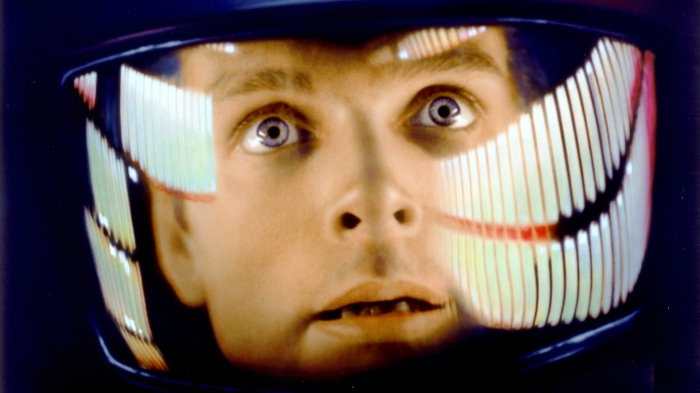

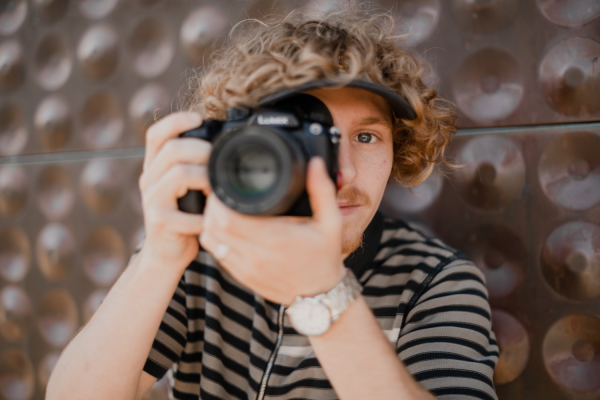
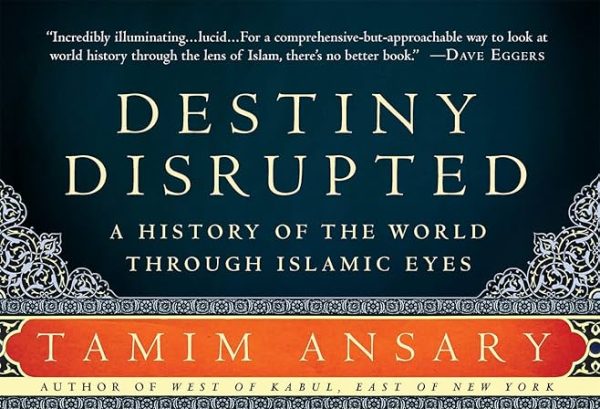
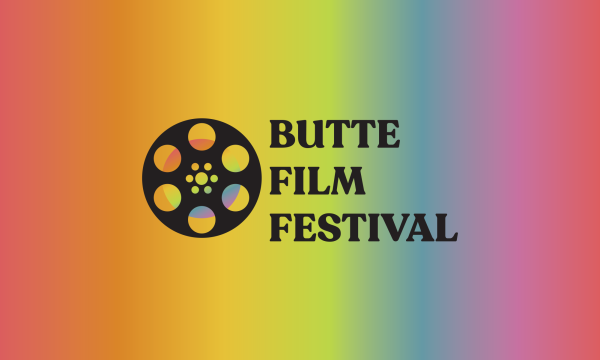
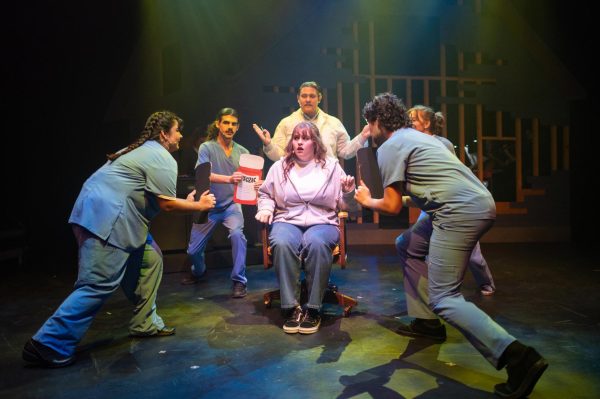
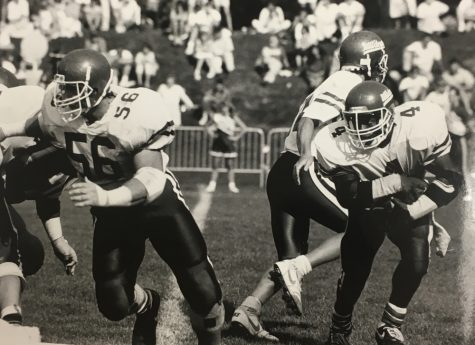


2001guy // Apr 5, 2018 at 4:09 pm
It’s been 50 years! Where’s the editor?